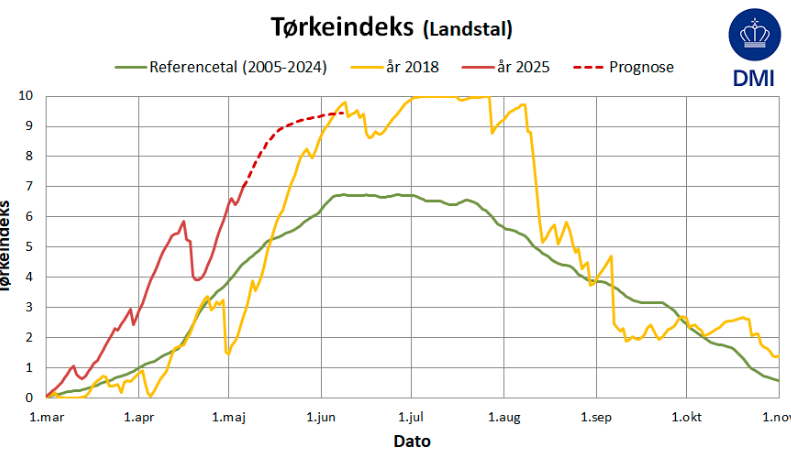Meet Pauline Matilde Theodora Bajer, the prehistoric Baltic beetle. Until recently, poor Pauline and 14 of her fellow beetle-friends had been imprisoned in a chunk of amber for over 50 million years.
But thanks to Anders Leth Damgaard, a school teacher and self-proclaimed amber enthusiast, her suffering has come to an end – finally!
Amber-binoculars
Damgaard, who first took an interested in this particular kind of resin at high school, has bought multiple chunks of amber from all over the world. His mission: free therein entrapped insects like Pauline.
“Amber is like a time capsule in which time stopped while the world has continued,” explained Damgaard, who is also the chair of the Danish Amber Club, to videnskab.dk.
“I think of it as binoculars that can make us look back in time.”
With his newest addition of ‘spyglasses’, he was able to make out 15 ‘new’, now extinct species. But, as bad as that sounds, there is also good news: the bugs’ characteristics could help gain new insights into how Pauline and her friends used to live.
How? Well, explains Damgaard, by examining their size and body shape, the number of joints, the sensory horns, the mouthpiece … and also the poor buggers’ genitals, which – brace yourself – are often squeezed out the moment a bug is caught and suffocates in the resin.
Good names are gold
“Each of the new species contributes to research with their own little story,” said Thomas Pape, an associate professor attached to the Swedish National Museum of Natural History. He further expressed his great excitement to give all the newly-discovered bugs a name and to find them a place in a family tree.
In order to do so, there seem to be many different aspects to pay attention to, according to Pape: “Do they have a leg or leg? Do they have the mouths to suck nectar or a sword to kill?”
Furthermore, giving good names to each and every bug is crucial in order to generate interest in the science community and bring renewed attention to the value of researching fossil insects in amber.
This is how Pauline Matilde Theodora Bajer, formally known as ‘Kuskaella bajerae’, came by her name. And it is also why her fellow bug-mates are now called, for instance, Mads/Lars Mikkelsen, Annisette Koppel, Susanne Bier, Troels Kløvedal and Klaus Rifbjerg (see below).














